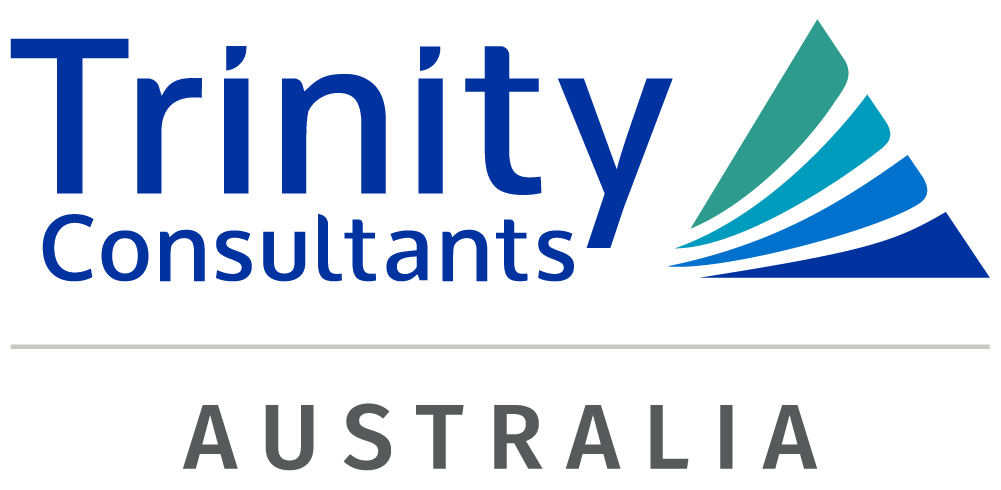What is marine ecology?
Marine ecology includes oceanic habitat mapping and surveys, as well as monitoring of marine life including fish, invertebrates, plankton, seagrass and marine macroalgae.
These types of specialist marine services are undertaken by qualified scientists such as the expert team at Trinity Consultants Australia.
Who needs marine ecology?
Marine ecology services may be required by any companies operating in or around ocean environments.
Trinity has undertaken marine ecology work for a range of organisations including:
- Local councils
- State and federal government departments
- Port authorities
- Industry
- Developers
- Coastal management, protection and research organisations and not-for-profits.
Why Choose Trinity
- Highly qualified scientists on staff
- In-house research team develops custom equipment for specialised marine tasks
- Innovative solutions that integrate new ideas with proven approaches
Trinity capabilities
Trinity undertakes marine surveys and habitat mapping, marine monitoring and a range of other marine specialisations as part of its marine ecology services.
Marine habitat mapping
- Coral reefs
- Mangrove communities
- Seagrass meadows
- Subtidal and intertidal soft sediment macroinvertebrate communities
- Rock reef communities
- Pelagic systems
- Bathymetry
Marine monitoring
- Invertebrates including in- and epi-fauna for soft sediment, rocky reef and epiphytic habitats
- Fish communities including visual surveys, line fishing, netting, clove oil capture, light trapping and observational/behavioural surveys
- Zoo and phytoplankton community ecology
- Seagrass and marine macroalgae
- Marine pest incursions
Reporting and output
- GIS habitat mapping combining field-gathered, ground-truthed data and georeferenced aerial imagery
- Bathymetry maps
- High quality underwater, land-based and aerial videos and stills
- Comprehensive reports, including univariate and multivariate statistical analysis, interpretation of results and recommendations for ongoing actions
Our equipment and technology
Our equipment and technology includes:
- Commercial in-survey vessels, operated by our in-house coxswains
- Scientific dive equipment, including underwater sampling and assessment tools
- Underwater still and video cameras
- Underwater and aerial drones (ROV, or remotely operated vehicle) operated by a commercial remote UAV (unmanned aerial vehicle) pilot
- Benthic multiplatform sled tow (HD video, still images, multiparameter water measurements, depth, heading, position etc)
- Fishing nets, including monofilament gill nets, seine nets, fyke nets, cast nets and phyto/zooplankton nets
- Baited remote underwater video stations (BRUVs)
- Sedimentation/erosion rate logging
- Stainless steel benthic grab samplers of various sizes for sediment and infauna collection
- Side scan sonar for bathymetry surveys
- Laboratory facilities for taxonomy and image analysis, including fume hoods, stereo, and compound microscopes, and image analysis software.
How we work
Our team of full-time research staff, certified coxswains and marine professionals use dedicated laboratory facilities, specialised field equipment and a fleet of commercial vessels to provide readily mobilised field technical services.
We also have highly qualified in-house taxonomists with international quality control training to ensure our marine ecology and monitoring is of the highest standards.
We work closely with our clients to understand their goals and help map out their marine ecology requirements. Although some of our clients are scientists themselves, with a thorough understanding of the discipline, we know that others are less familiar with the field. We pride ourselves on offering accessible guidance and support that helps organisations to achieve results, navigating the balance of regulatory requirements, community and stakeholder expectations, and their own environmental commitments.


